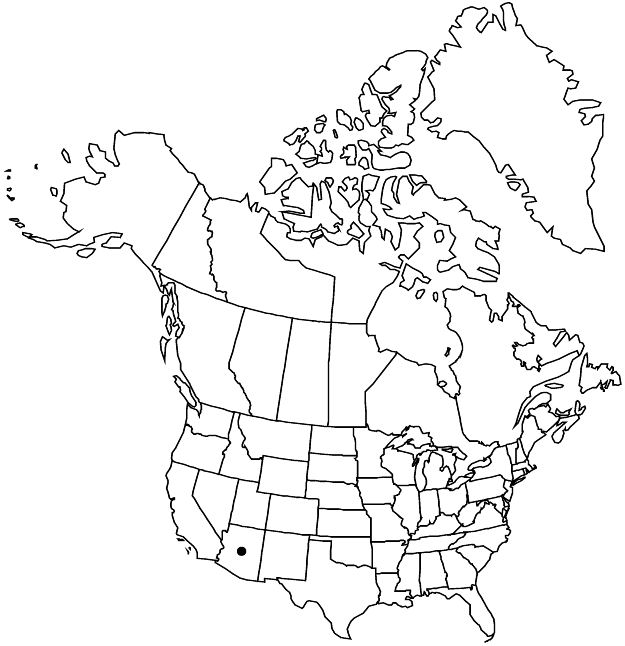Difference between revisions of "Cnidoscolus angustidens"
Rep. U.S. Mex. Bound. 2(1): 198. 1859.
Treatment appears in FNA Volume 12. Treatment on page 197.
FNA>Volume Importer |
FNA>Volume Importer |
||
| Line 23: | Line 23: | ||
|elevation=1100–1600 m. | |elevation=1100–1600 m. | ||
|distribution=Ariz.;Mexico (Baja California Sur;Sinaloa;Sonora). | |distribution=Ariz.;Mexico (Baja California Sur;Sinaloa;Sonora). | ||
| − | |discussion=<p>In the flora area, Cnidoscolus angustidens is restricted to southern Arizona.</p> | + | |discussion=<p>In the flora area, <i>Cnidoscolus angustidens</i> is restricted to southern Arizona.</p> |
|tables= | |tables= | ||
|references= | |references= | ||
| Line 47: | Line 47: | ||
|publication year=1859 | |publication year=1859 | ||
|special status= | |special status= | ||
| − | |source xml=https://jpend@bitbucket.org/aafc-mbb/fna-data-curation.git/src/ | + | |source xml=https://jpend@bitbucket.org/aafc-mbb/fna-data-curation.git/src/8f726806613d60c220dc4493de13607dd3150896/coarse_grained_fna_xml/V12/V12_398.xml |
|genus=Cnidoscolus | |genus=Cnidoscolus | ||
|species=Cnidoscolus angustidens | |species=Cnidoscolus angustidens | ||
Revision as of 14:46, 18 September 2019
Plants 15–100 cm. Leaves: stipules 5–6 mm, margins deeply toothed; petiole 2–10 cm; blade ± round in outline, 8–15 cm diam., moderately lobed, lobes 1/3–1/2 blade length, base broadly cordate, margins dentate, teeth and lobe apices acuminate, aristate. Staminate flowers: calyx funnel-shaped, tube 4–6 mm, distally flaring, stinging hairs absent, lobes 4–8 mm; stamens subequal, filaments all connate most of length; staminodes 3, threadlike. Pistillate flowers: sepals 10–12 mm; stigmas 12. Capsules 10–12 mm. Seeds brown, sometimes mottled, 9–11 mm.
Phenology: Flowering May–Sep.
Habitat: Grasslands, desert scrub, oak woodlands.
Elevation: 1100–1600 m.
Distribution

Ariz., Mexico (Baja California Sur, Sinaloa, Sonora).
Discussion
In the flora area, Cnidoscolus angustidens is restricted to southern Arizona.
Selected References
None.
Lower Taxa
None.